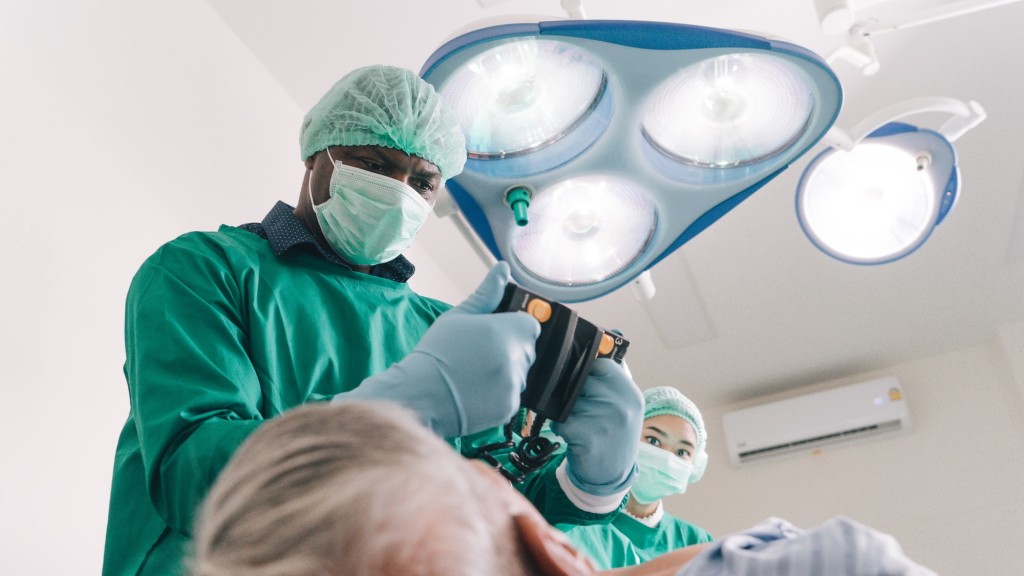
Cardiopulmonary resuscitation (CPR) is a life-saving technique used to revive individuals who have experienced cardiac arrest or respiratory failure. It involves a combination of chest compressions and rescue breaths to maintain blood circulation and oxygenation until professional medical help arrives. However, performing CPR can expose the rescuer to potential risks, such as infectious diseases transmitted through bodily fluids. To mitigate these risks, the use of barrier devices, specifically face masks, has become an essential component of CPR protocols.
Barrier devices act as a physical barrier between the rescuer and the victim’s bodily fluids, preventing direct contact and reducing the risk of disease transmission. The most commonly used barrier device in CPR is the face mask, which covers both the mouth and nose of the victim. These masks are typically made from transparent materials like plastic or silicone and have one-way valves that allow for efficient ventilation while preventing backflow.
One significant advantage of using face masks during CPR is their ability to protect rescuers from airborne pathogens. When performing rescue breaths directly into a victim’s mouth without a barrier device, there is a risk of inhaling potentially infectious particles present in their exhaled air. By using a face mask with an integrated filter or valve system, rescuers can minimize this risk significantly.
Moreover, face masks provide an effective means of maintaining proper ventilation during CPR. The one-way valves on these devices ensure that air flows only from the rescuer towards the victim’s lungs while preventing any backflow or contamination. This feature allows for more efficient delivery of oxygen during rescue breaths and reduces fatigue for rescuers by minimizing airway resistance.
In addition to protecting against airborne pathogens and facilitating ventilation, face masks also offer psychological benefits during CPR procedures. Rescuers often find themselves in high-stress situations when performing life-saving interventions on strangers or loved ones. The presence of a barrier device like a face mask can provide a sense of security and reassurance, allowing rescuers to focus on the task at hand without worrying about potential disease transmission.
However, it is important to note that the use of barrier devices in CPR does not eliminate all risks associated with disease transmission. While face masks provide an effective physical barrier, they cannot guarantee complete protection against all infectious agents. Therefore, it is crucial for rescuers to follow proper infection control measures, such as hand hygiene and personal protective equipment (PPE), in conjunction with using barrier devices.
Furthermore, the effectiveness of barrier devices depends on their correct usage and maintenance. Rescuers must be trained in proper mask placement and ensure a tight seal around the victim’s face to prevent air leakage. Regular inspection and cleaning of these devices are also essential to maintain their functionality and prevent cross-contamination between victims.
The use of barrier devices like face masks has become an integral part of CPR protocols due to their ability to protect rescuers from potential infectious diseases transmitted through bodily fluids. These devices act as physical barriers against airborne pathogens while facilitating efficient ventilation during rescue breaths. Additionally, they offer psychological benefits by providing a sense of security for both rescuers and victims during high-stress situations.
However, it is important to remember that barrier devices alone do not eliminate all risks associated with disease transmission; proper infection control measures should always be followed alongside their usage. By incorporating these precautions into CPR procedures, we can ensure the safety and well-being of both rescuers and victims alike.
